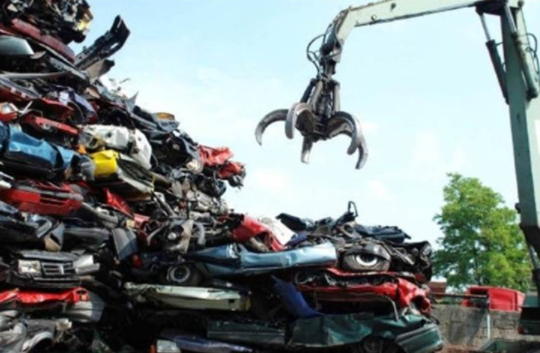Roadworthiness not vintage for scrapping The Centre’s new motor vehicle scrap page policy can be sensible, provided it is implemented right. Older vehicles contribute disproportionately to tailpipe emissions and guzzle fuel. Recycling unfit, road-unworthy vehicles would have considerable economic benefits, too, provided the import duty on steel scrap is kept at the same level as on steel, to allow a domestic scrap industry to develop.
To buy our online courses: Click Here
The policy calls for mandatory road fitness tests for commercial vehicles that are 15 years old. For other vehicles, the timeline is 20 years. Re-registration would now be a requirement for older vehicles. The way ahead, surely, is to incentivize regular testing and engine maintenance to purposefully stem pollution levels.
Read More: Hurdles again
Vehicles need to be scrapped based on their road-fitness and not merely on vintage. A recent study did find that a well-designed scrappage policy can take a significant proportion of Bharat Stage 2 and 3 vehicles off the roads: nine million vehicles by 2022, and 28 million by 2025.
And it can rationalize fuel consumption by over nine million tones annually, bring down carbon dioxide emissions by 17% and that of particulate matter by 24%. There would be considerable benefits in organized recycling of steel, aluminum, plastics and rubber too.
Norms for testing and attendant infrastructure would be formalized by October, regular testing of heavy vehicles would begin by April 2023, and for other vehicles by June 2024. High fuel prices goad owners to opt for fuel-efficient vehicles.
Road tax concessions can, perhaps, be accorded depending on fuel efficiency. However, the peak GST rate of 28% on vehicles does need to be rationalized to step up much-needed efficiency in transport as the Indian economy picks up speed.





